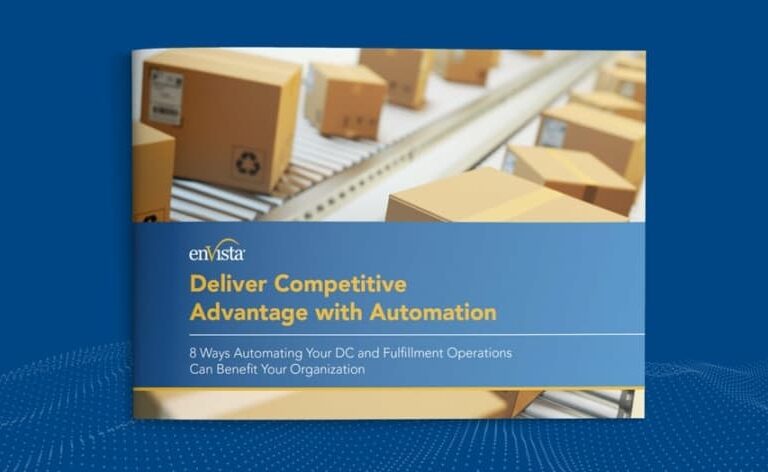Automation has become a critical strategy for tackling labor challenges, increasing throughput and improving speed to market. As businesses face rising operational costs and shifting consumer demands, automated solutions – such as goods-to-person systems, autonomous mobile robotics and other fulfillment technologies – offer an opportunity for greater efficiency. But is automation the right move for every operation?
What Is Driving the Demand for Automation?
E-commerce growth, labor shortages, rising wages and expensive warehouse space are creating urgent needs for automation. Consider these market realities:
- E-commerce Expansion: Global e-commerce sales are forecast to grow from $5.13 trillion in 2022 to $8.09 trillion by 2028.
- Labor Shortages: As of the end of December 2024, there were 7.6 million open positions, down about 500,000 from the prior month.
- Wage Increases: Warehouse wages rise to an average of $18.99 and the hourly rate is up 40-50% in the last five years.
- Warehouse Space Constraints: Availability has been shrinking for the past few years, making expansion costly.
These factors are compelling businesses to rethink traditional operations and explore automation to optimize performance.
What Is Automation?
Automation, at its core, refers to using technology to perform tasks without human intervention. In warehouse operations, automation has evolved into sophisticated robotics and AI-driven solutions that streamline fulfillment processes.
Current Automation Trends
- Goods-to-Person Systems: Products are brought to a packer or picker, reducing travel time.
- Shelf-Based: Items are stored on mobile shelving that moves to pickers.
- Tote-Based: Items are stored in bins and transported via conveyor or robotic arms.
- Person-to-Goods Systems: Robots assist pickers in retrieving inventory.
- Follow Me: A robot paces the picker and moves autonomously to the next location.
- Follow You: The robot follows the picker’s predetermined path.
- Find Me: Robots station themselves at pick locations for pickers to retrieve.
- Robots-to-Goods Systems:
- Automated Guided Vehicles (AGVs) with integrated collaborative robotic arms.
- Goods-to-Robots setups where robotic arms handle picking and packing.
When Should Automation Be Implemented?
Determining whether automation is right for your operation requires careful evaluation of several key factors. First, consider your capacity and throughput need – does your business require increased order processing speed, or are fulfillment errors leading to customer dissatisfaction? Next, assess labor costs and availability; if you’re struggling to recruit and retain warehouse associates or if rising wages are making manual operations less cost-effective, automation may be a viable solution. Finally, evaluate space constraints. Can automation help maximize storage density and improve workflow efficiency? By analyzing these factors, you can make an informed decision on whether automation aligns with your operational goals.
How to Justify the Investment
Automation is a significant investment, and building a strong financial case is essential. Start by developing an economic payback analysis, calculating upfront costs such as equipment, software and implementation, while also estimating long-term savings from labor reduction and increased efficiency. Determining return on investment (ROI) based on productivity gains will help justify the investment. You will need to assess flexibility needs by ensuring that automation solutions can scale with business growth and exploring modular options that allow for incremental implementation. It’s important to account for maintenance and post-go-live support, as long-term maintenance costs can impact the total cost of ownership. Choosing a partner that provides comprehensive support beyond deployment ensures sustained value from your automation investment.
Key Takeaways
- Run the numbers: Not all businesses will benefit from automation—conduct a thorough cost-benefit analysis.
- Flexibility is essential: Automation should be adaptable to business changes.
- Choose the right partner: Implementation success depends on selecting a provider who understands how to integrate automation within broader operations.
- Expect a workforce shift: While automation may reduce headcount, it often requires higher-skilled workers at higher pay rates.
Automation, when correctly designed and strategically implemented, can be a game changer for businesses looking to scale operations efficiently. However, careful planning, investment justification and post-implementation support are crucial for success. By evaluating your unique operational needs, you can determine whether automation is the right solution to drive your business forward. Contact enVista to learn more today.





